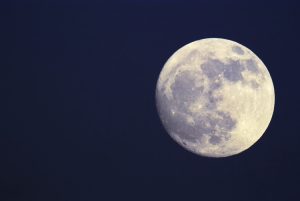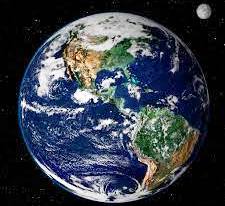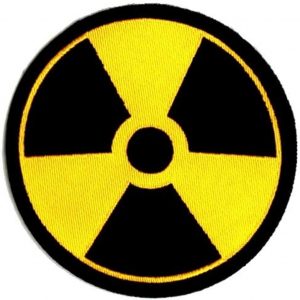There are only two northern white rhinos in the world today and both are female – Najin and Fatu. The last male northern white rhino, Sudan, died in 2018. This magnificent animal is, therefore, functionally extinct. Scientist are in a race to save this specie using new assisted reproduction methods.
There are five species of rhinoceros: Two are African – the black and white rhinos – and three Asian – the Indian or greater one-horned, the Javan or lesser one-horned, and Sumatran rhinos.
There are two subspecies of the white rhino: These are the northern white rhino and the southern white rhino.
Rhinos are the second largest land animal after elephants. The white, black and Sumatran rhinos have two horns while the greater one-horned (sometimes called the Indian rhino) and Javan species (lesser one-horned) have one horn. All rhinos are endangered.
Rhinos are hunted for their horns which can fluctuate in price from $3,604 to $17,000 or as high as $60,000 per kilogram in the illegal market.
They are specially valued as ornamental and in traditional medicines for boosting male libido in Asia.
In Africa, the smaller size of the black rhino (Diceros bicornis) gives it an advantage over its white rhino cousins.
The northern white rhino, indigenous to East and Central Africa for thousands of years is, all but, extinct.
The last time one was seen in the wild was in 2006 when the last one living freely was poached in Garamba National Park in Democratic Republic of Congo.
The southern white rhino, though bigger in size, is faring better, maybe because it has a much wider habitat in Africa.
There are only two northern white rhinos in the world and both are female, Najin and Fatu. The animal is, therefore, functionally extinct.
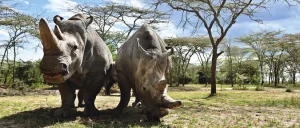
photo credit: voa
The two live in Ol Pejeta Conservancy in Kenya and are under constant protection against poachers.
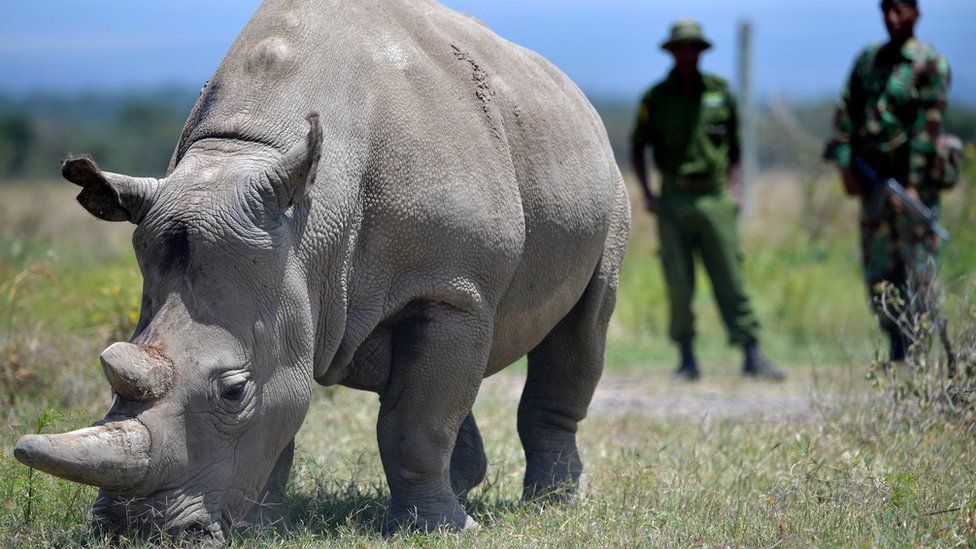
photo credit: bbc
Efforts were made earlier to save northern white rhinos, but it was found that they do not breed well in captivity. In 2009, Najin’s father, Sudan, her daughter Fatu, and another bull, Suni, were brought into the conservancy.
They failed to breed.
At the ripe age of 45 years and weighing two-and-half tonnes, Sudan, the last male northern white rhino in the world, was euthanised in Ol Pejeta. That was in March, 2018. Suni died four years earlier.
Before Suni died, spermatozoa was collected from him, with the collaboration of the Kenyan government, and preserved.The other northern white rhino in Nikita Kahn Rhino Rescue Centre, San Diego Zoo Safari Park, US, named Nola, was euthanised at age 41 in 2015.
Time is running out as Najin is about 33 years old and Fatu, 22.
Scientists are working: For six times in two years, eggs were successfully collected from Najin and Fatu.
In December, 2020 alone, 14 eggs were collected from Fatu.
Eggs from both of them were fertilised with spermatozoa gotten from Suni before he died. Nine embryos have so far been obtained this way and preserved.
In 2021, Najin at 32 years was considered too old for the assisted breeding programme.
By 24 April, 2022, 16 eggs were collected from Fatu and fertilised to obtain three embryos and on 28 July, 2022, another 23 eggs were also collected from her and fertilised to obtain five embryos.
In all, scientists involved in the research work had 22 northern white rhino embryos by the middle of 2022.
The goal is to use the closely related southern white rhinos as surrogate mothers for the fertilised eggs.
In 2018, scientists in US successfully transferred southern white rhino eggs into two southern white rhino surrogate mothers and had two healthy calves in 2019.
The gestation period in rhinos is 16 months.
By July, 2021, seven in-vitro fertilised southern white rhino embryos have been successfully implanted this way.
It is therefore, supposed that the system of the southern white rhino female will accept implanted fertilised eggs of the northern white (rhino) and bear calves as a surrogate mother.
It is hoped that this will happen soon so that the calves will graze with Najin, and Fatu who is getting old.
The northern white rhino (Ceratotherium simum cottoni), also called the northern square-lipped, has a wide mouth adapted for grazing while the southern white rhino (Ceratotherium simum simum) has a pointed mouth for feeding on branches.
A foster northern white rhino calf may, therefore, find it difficult to adapt to the feeding habits of a southern surrogate mother.
On 21 October, 2021, scientists said they are retiring Najin from the de-extinction programme due to old age.
By 2023, they have however, successfully obtained 164 eggs and 24 pure northern white rhino embryos from Fatu. Fatu has been diagnosed with a uterine tumour and cannot carry a pregnancy.
Using a southern white rhino surrogate mother, a northern white rhino may be calved within three years, they say.
THERE ARE ONLY TWO NORTHERN WHITE RHINOS IN THE WORLD AND BOTH ARE FEMALE.
THE LAST MALE NORTHERN WHITE RHINO DIED IN 2018.
Scientists in US and Germany are also working hard to save the northern white rhino, but are using the different approach of bio-engineering.
Since 1979, they have collected 12 skin samples from Nola and other northern white rhinos.
They hope to induce them to become stem cells. Later on, they can generate germ cells from some of them to have sex cells like the spermatozoa and eggs.
Stem cells are cells that are at a stage of division that they start specialising to form the organs.
The sex cells, it is hoped, can be fertilised in a test tube and implanted into a surrogate (like the southern white rhino) to achieve the same de-extinction results and save the northern white rhino.
Scientists in the BioRescue Project published in the Science Advances journal of December, 2022 that they have successfully produced primordial germ cells from (induced pluripotent) stem cells from the northern white rhino.
This is the first time germ cells are being produced from stem cells in bigger mammals and is great news for saving the northern white rhino.
They did this with skin tissue collected from Nabire, Fatu’s aunt, before she died in a zoo in Czech Republic in 2015.
Primordial germ cells are embryonic precursors of eggs and sperm.
They still have the full genetic complement and need to divide further to halve this to yield the egg and sperm cells.
This has been achieved before in mice and monkeys and fertilised before being implanted in surrogates to yield healthy offsprings.
Professor Katsuhiro Hayashi and his team in Osaka University in Japan reported in Nature journal in March, 2023, that they used skin tissues from two male mice to produce eggs and sperms which they fertilised and implanted into a surrogate mouse to obtain healthy pups.
Achieving the same feat in the northern white rhino is one step closer.
Scientists in Max Delbruck Centre in Berlin, Germany, also reported a feat with the skin tissue of the Sumatran rhino which they used to produce germ cells.
They used the skin tissue of Kertam, the last male Sumatran rhino in Malaysia that died in 2019, to create the germ cells. Iman, the last female Sumatran rhino in Malaysia died a few months after Kertam.
A team from San Diego Zoo Wildlife Alliance, Cornell University and University of California, Santa Cruz, on 11 April, 2024, published in the journal, Evolutionary Applications, that the bio-engineering approach using the 12 collected samples can save the northern white rhino from extinction.
Their conclusion was based on a computer model in their work, “Genetic load and viability of a future restored northern white rhino population.”
By 2024, only 50 Sumatran rhinos, which are the smallest rhino in body size and the only hairy specie of rhino, are left in the wild in Asia.
Only 76 of Javan, 4,000 of Indian, 6,500 of black rhinos and 16,800 of southern white rhinos are left in the wild by 2024.
September 22, every year is celebrated as World Rhino Day.
It was established in 2010 to help create awareness, protect and save these magnificent animals.

